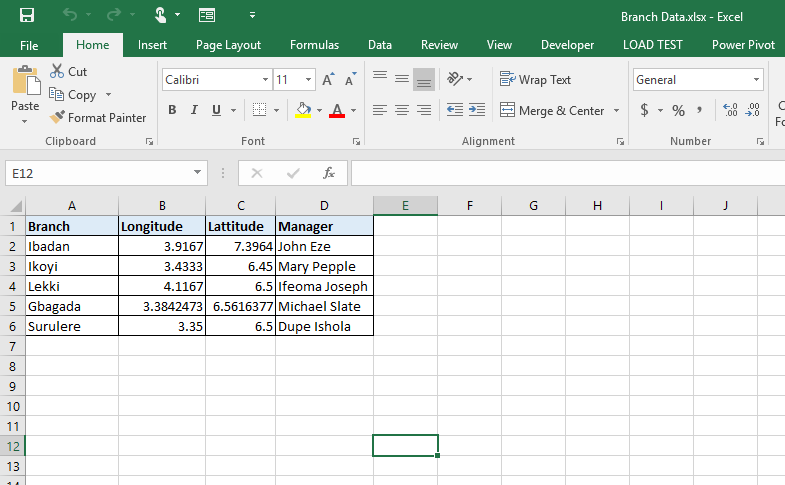The training outline is:
AFM 202: Financial Modeling and DCF Valuation
This training is aimed at making you proficient in building Financial Models and carrying out Valuation for existing businesses, startups and capital projects. You will learn to create financial models from scratch using Microsoft Excel and build one during the training on a real Nigerian company. You will also learn how to apply them in real world situations so as to help friends with their business valuations, help your company with financial planning and advise clients on equity funding. The training is strictly targeting people with accounting background and basic knowledge of corporate finance.
You will get lunch, a branded DVD with training materials and templates, training notepad with pen, a hardcopy comprehensive training reference materials, a training certificate from us (a registered Microsoft Partner), access to our online community and after training support.
Our lead trainer has trained professional participants from Guinness Nigeria, Nigerian Breweries, Schlumberger, Chevron, Periscope, Brains and Hammers, GfK, Palladium Group, First Bank, Citi Bank, Dalberg, PMI, EatNGO, NLNG, GSK, Promasidor, SaveTheChildren, Mobil, FMDQ, NSE, Biofem Pharmaceuticals, Total, Vodacom, Nestle, Nigerian Breweries, Delta Afrik, LATC Marine, Broll, Habanera (JTI), SABMiller, IBM, Airtel, Diamond Bank, ECOWAS, Ministry of Finance, Transmission Company of Nigeria, Nokia Siemens Networks and DDB.
AFM 202: Financial Modeling and DCF Valuation Training
The training outline is:
1) Introduction to Financial Modeling and Valuation
a. Refresher on the fundamental accounting principles
b. Trial Balance
c. Building the Income Statement from the Trial Balance
d. Building the Balance Sheet Statement from the Trial Balance
e. Building the Cash Flow Statement from the Trial Balance
f. Introduction to Financial Ratios
2) Building a Financial Model Template from Scratch
a. Template Building from Scratch
i. Creating the Required Sheets and Having an Index Sheet
ii. General Model Structure Design
iii. Working Across Multiple Sheets at Once
iv. Linking Sheets
v. Absolute and Relative References
vi. Template Building Tricks
b. Required Excel Tools and Formulas
3) The Financial Model Core
a. Modelling Stage One: Projection Ratios and Scenarios (Optimistic, Base and Pessimistic)
i. Income Statement Drivers Projections – from schedules or moving average
ii. Balance Sheet Drivers Projections – from schedules or moving average
b. Modelling Stage Two: Financial Statements Forecasts
i. Income Statement Forecast
ii. Balance Sheet Forecast
iii. Cashflow Statement Forecast – extracting the Cashflow from Income Statement & Balance Sheet
iv. Extracting the Unlevered Free Cashflow
4) Different Types of Valuation Models
a. Discounted Cash Flow (DCF) Model
b. Comparative Company Analysis (comps) Model (and precedent transaction valuation multiples)
c. Sum-of-the-parts Model
d. Leveraged Buy Out (LBO) Model
e. Merger and Acquisition (M&A) Model
f. Book value Model
g. Depreciated Replacement Cost (DRC)
h. Dividend Discount Model
5) DCF Valuation
a. Enterprise Value = Discounted Cashflow of Explicit Forecast Period + Discounted Terminal Value
b. Calculation of WACC, CAPM and Cost of Debt
c. Practical Reality of the Nigerian Economic Space
d. Extracting The Equity Value from The Enterprise Value
e. Sensitivity Analysis: WACC vs Perpetuity growth
f. Practical Use of The Results
g. Company Valuation: Sell-side, Buy-side and Advisory
h. Business Unit or Subsidiary Valuation
i. Capital Project Valuation


